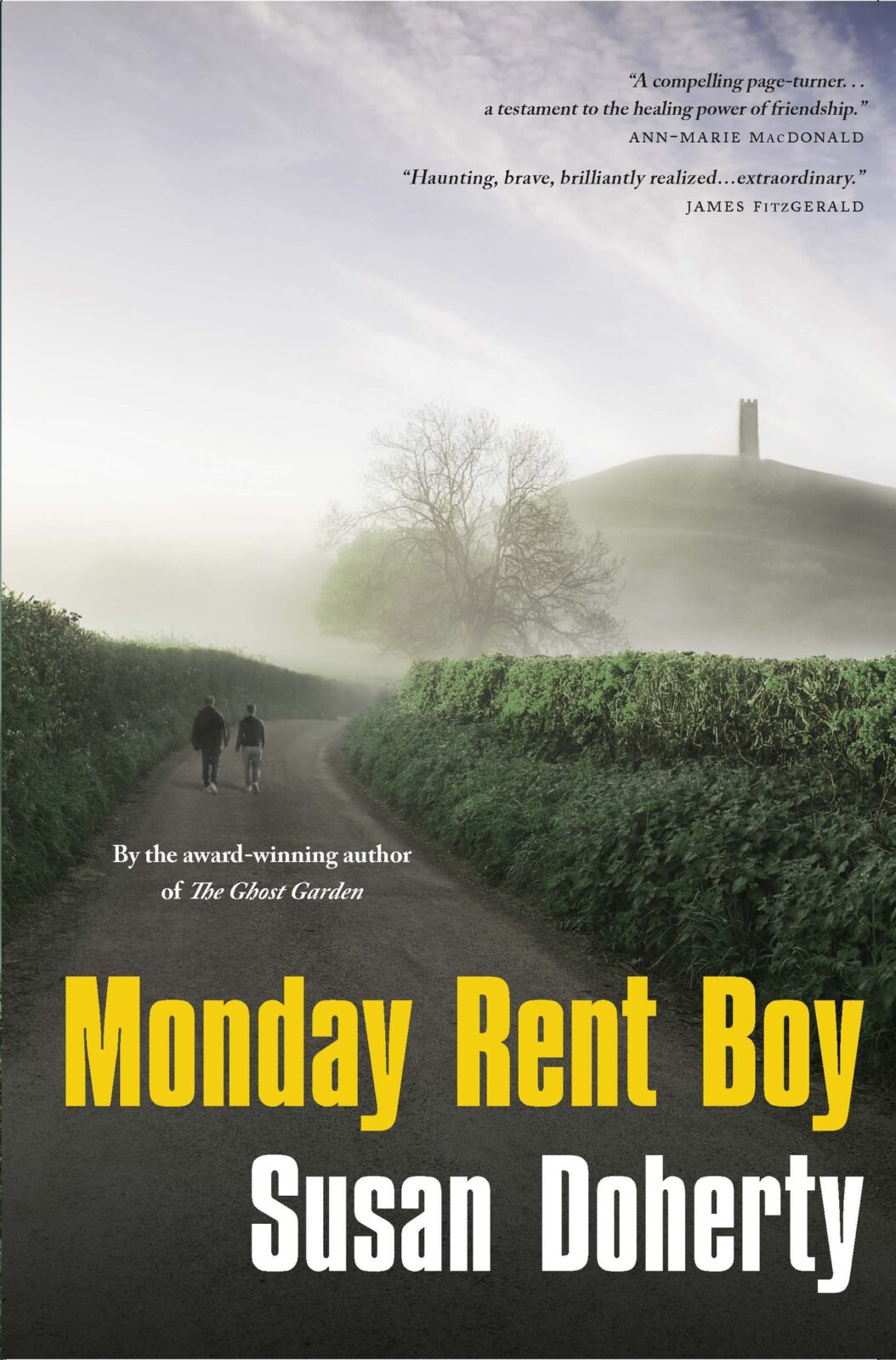The School At Chartres
David Manicom
Oolichan Press
$21.95
paper
280pp
0-88982-222-0
John’s narrative takes us back through his days as a student in love with his high school sweetheart, Lee. When he first locks eyes with Liza, he realizes that he knows her as she knows him. As they come to learn about each others’ histories and tastes, they are dazed by a love that has sprung up between them like a third party. Weighing heavily on John, however, is the fact that he has betrayed Lee. It is here that a recurrent theme of mirrors first presents itself: John now sees himself as someone capable of betrayal. Liza also uses John as a mirror through which she can face herself, sharing aspects of her past so haunting that she could not fully look at them on her own. Manicom shows us, through John and Liza, that love is not only necessary; it is the light by which we are able to see ourselves.
The narrative flashes between the couple’s early days in the McGill ghetto and John’s solitary life in the Plateau. Despite friends’ concerns for his sanity, John senses that the story of Chartres Cathedral holds the key to repairing his relationship with Liza. Through his research we meet Cardinal Melior, a 13th century clergyman, who travelled to Chartres on the pretext of assisting with financial matters. When the original cathedral was lost to fire, Melior faced an important decision that had the potential to affect all of Christendom. As John retraces Melior’s thoughts before and after the fire, he relives his last days with Liza and must face his own guilt and what can, ultimately, be salvaged.
Providing a startling counterpoint to John’s introspection is Daniel O’Brien, whom John meets while taking a break in a local bar. As Daniel knocks back an impressive array of beers, he doles out his own story in a series of confessions that are both painful and thrilling to hear. Waxing from bitter to philosophical faster than he switches brands of beer, Daniel draws John nearer to the events that have landed him on his barstool. As John hears Daniel’s story of tarnished love, he sees aspects of his own reflected back to him through an even darker lens.
The School at Chartres is peopled by powerful, flesh-and-blood characters. Liza—slight, blond and fragile—is stunning in her self-awareness and fearless in her desire to reveal herself honestly to John. Her unabashed exploration of first love is extremely moving, and as her strength waxes and wanes, she draws a fine thread of tension through the novel. Daniel is positively electric. It is impossible to guess or care what he will say or do next, and though he is hard to pin down, he is easy to care about.
Manicom’s novel is a beautiful meditation on the many faces of love, juxtaposing the perfect and the tarnished, the salvageable and the permanently stained. Daniel asks: “Can you get used to perfection being gone? No, you can’t. It’s hell.” “The School at Chartres” takes us through that particular hell, shedding light and insight along the way, so much so that we are tempted to believe, as Yeats wrote, that “nothing can be sole or whole/That has not been rent.” mRb






0 Comments